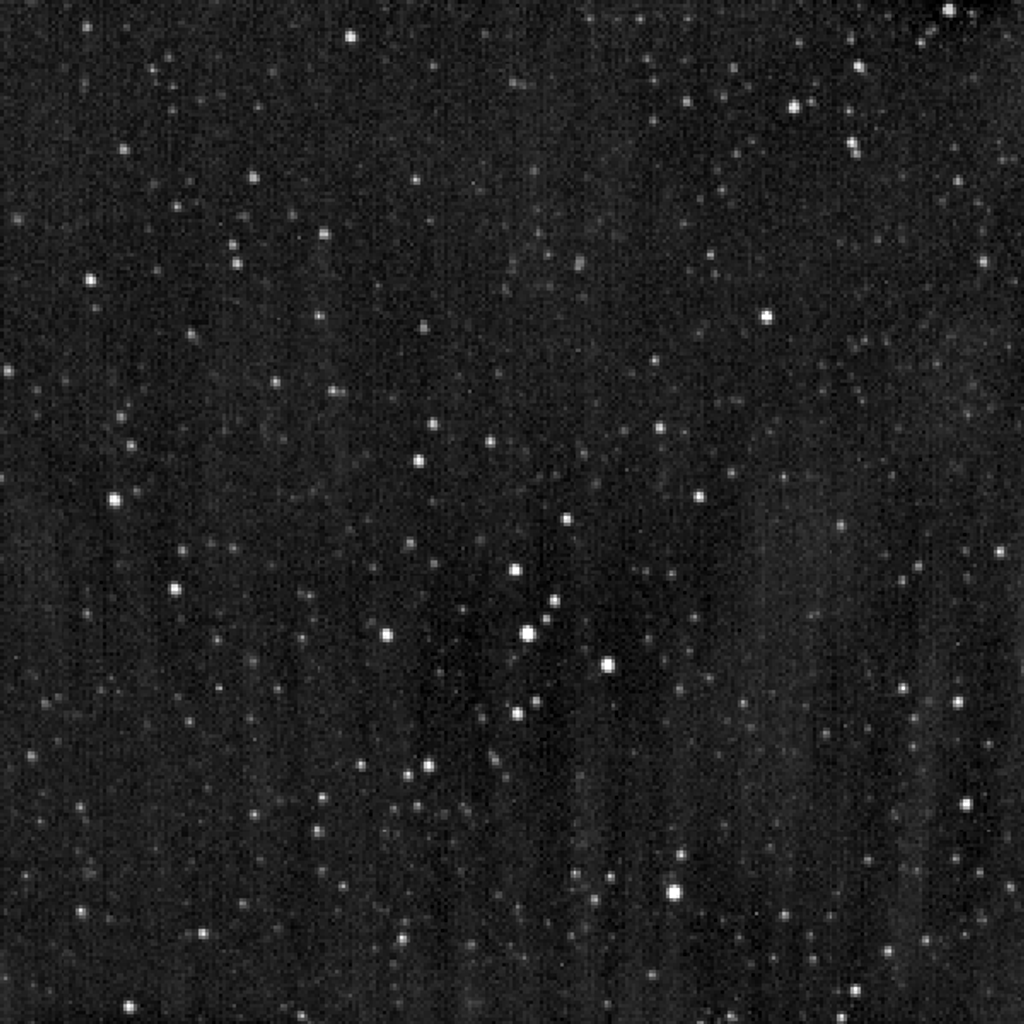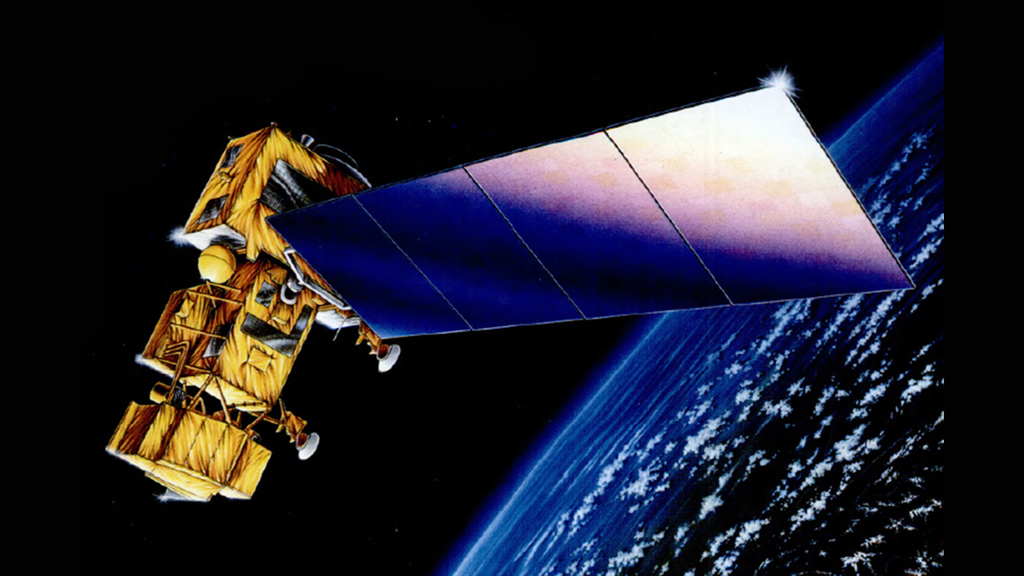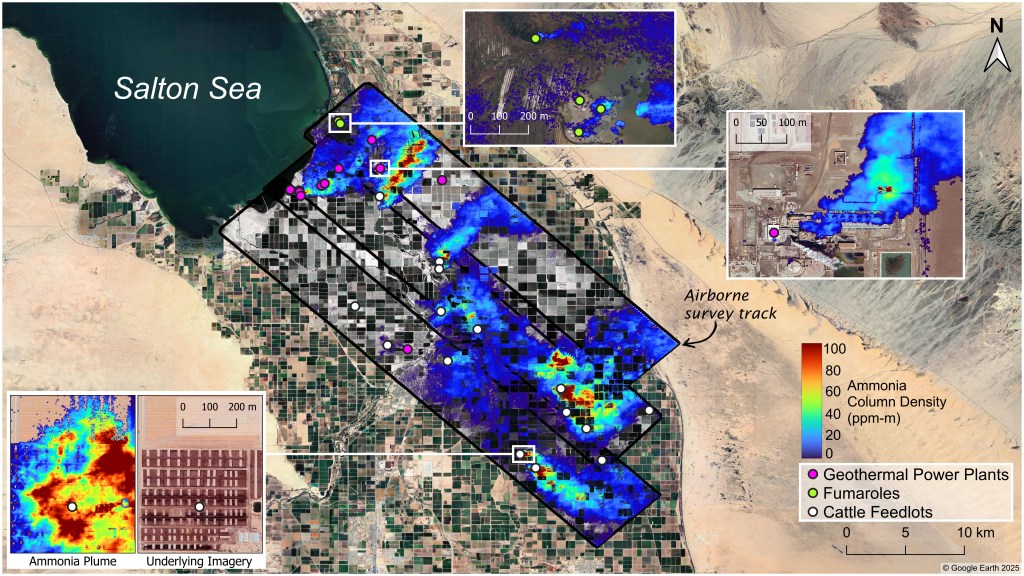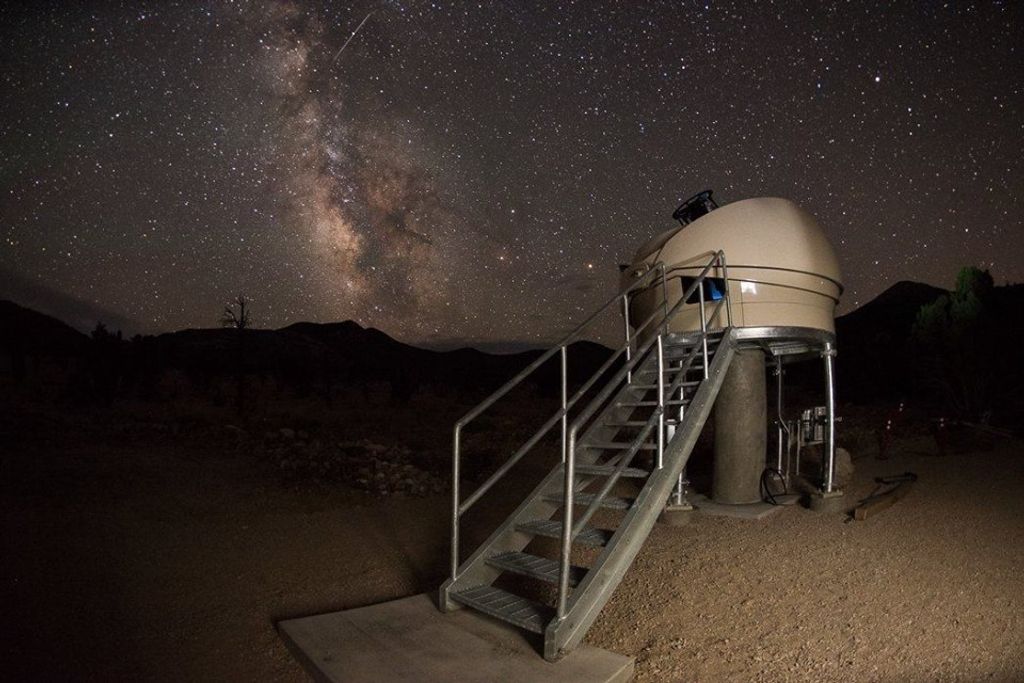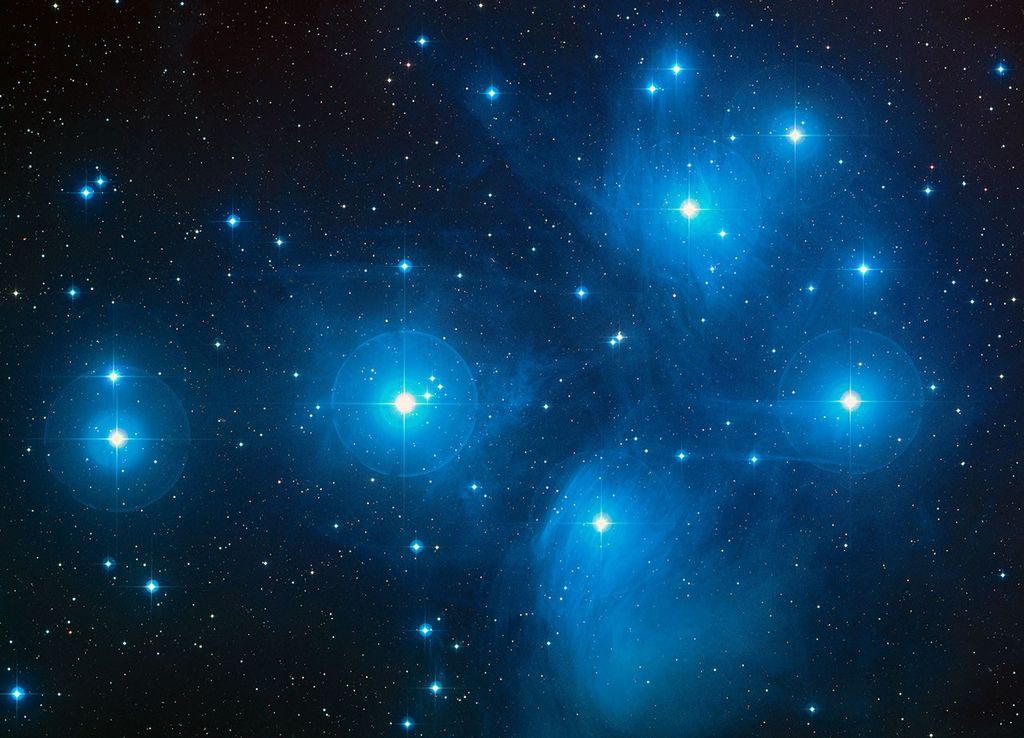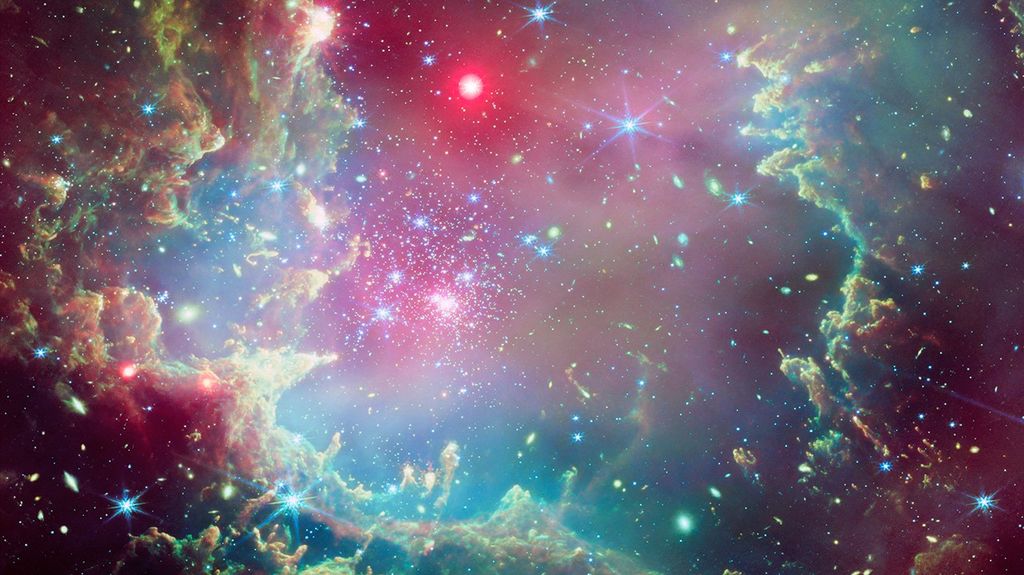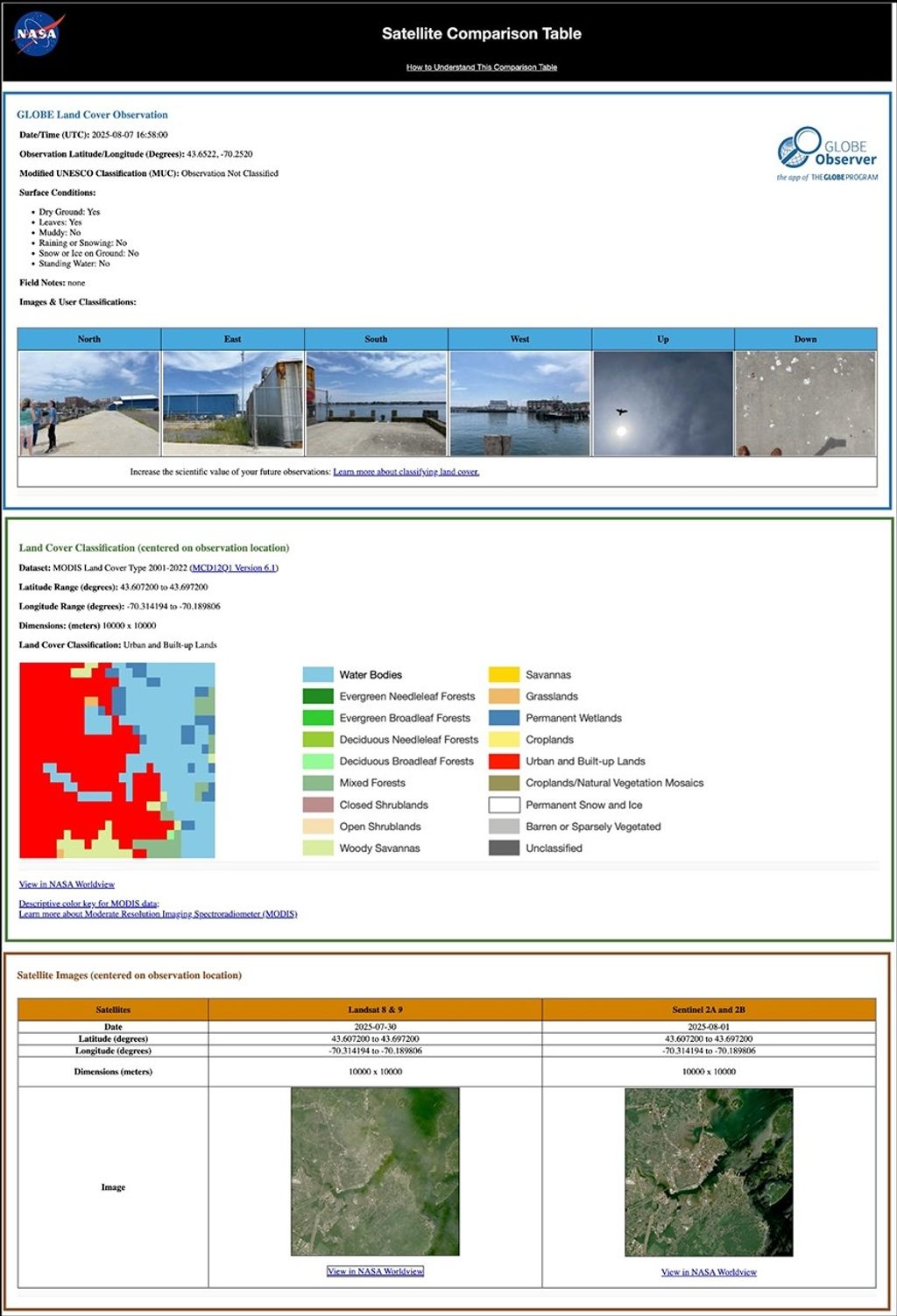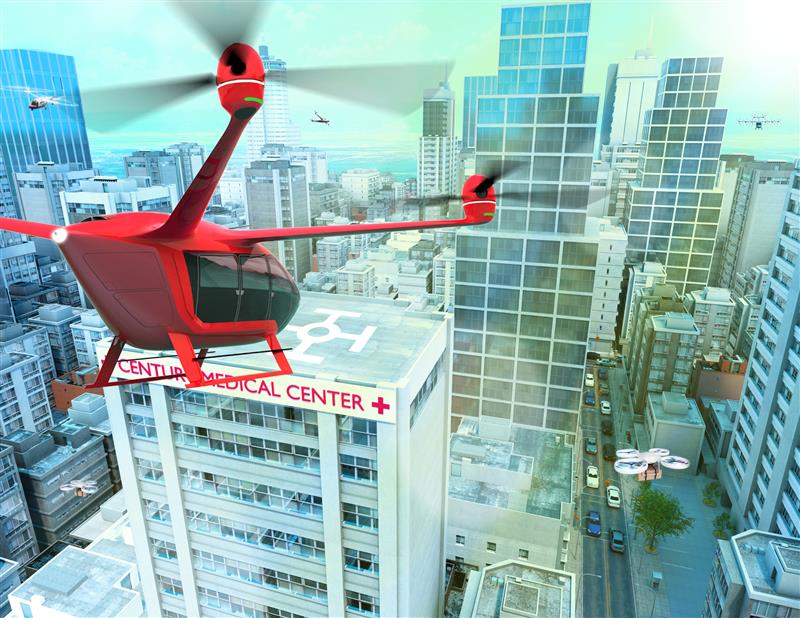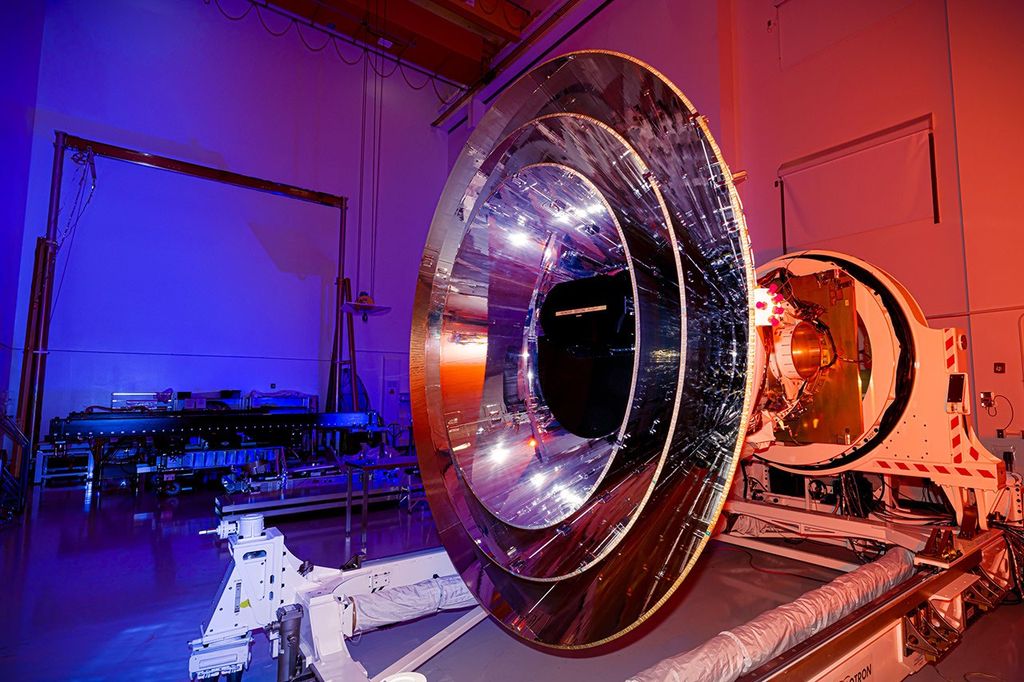1 min read
Hubble Sees Two Dust Disks Around Beta Pictoris
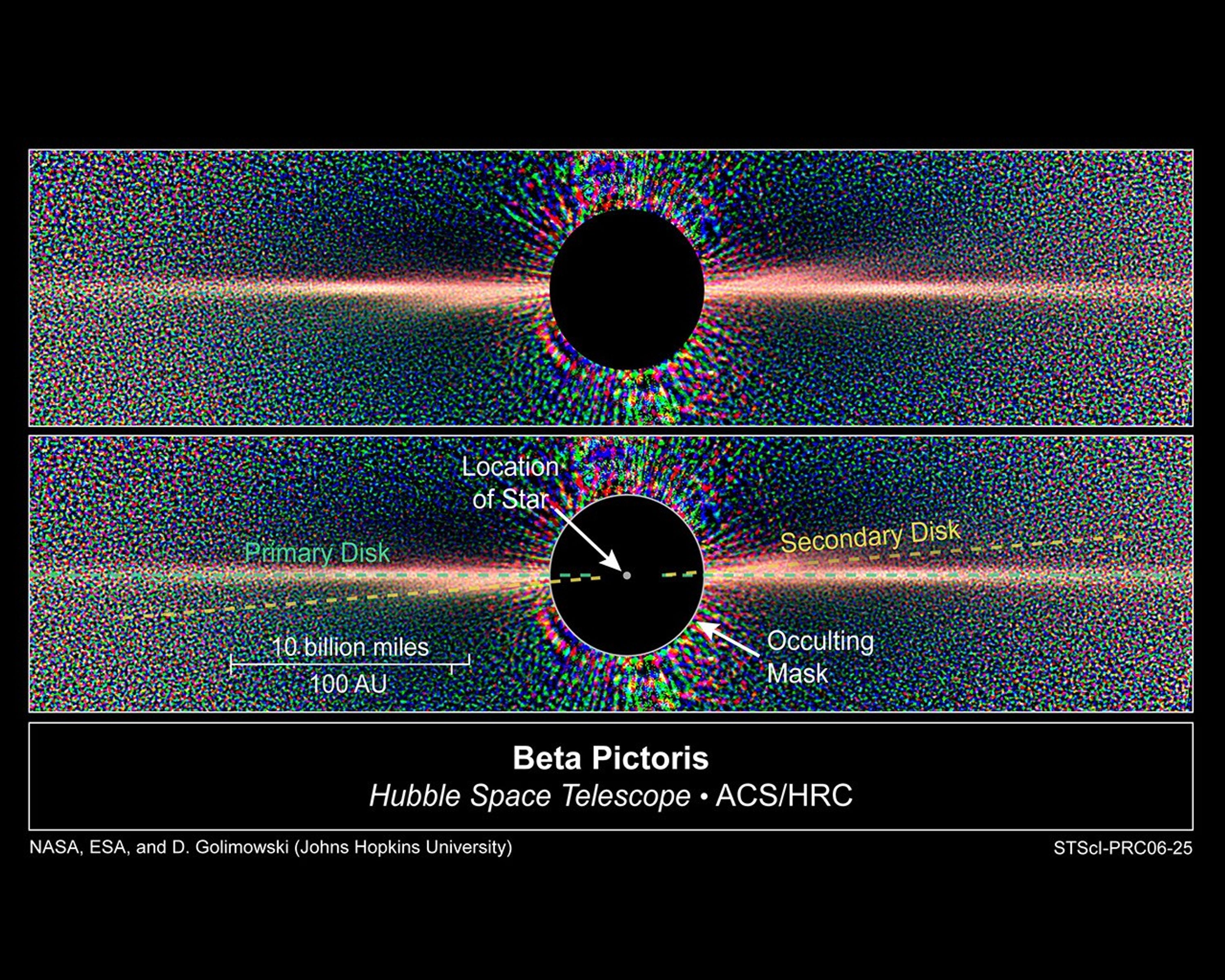
This Hubble Space Telescope view of Beta Pictoris clearly shows a primary dust disk and a much fainter secondary dust disk. The secondary disk extends at least 24 billion miles from the star and is tilted roughly 4 to 5 degrees from the primary disk. The secondary disk is circumstantial evidence for the existence of a planet in a similarly inclined orbit. The planet may have indirectly formed the secondary disk by sweeping up smaller planetesimals - chunks of rock and/or ice - from the main disk. The planetesimals then collide, producing the dust seen in the disk. The image, taken with the Advanced Camera for Surveys (ACS), is the sharpest visible-light view of the disks around Beta Pictoris.
Astronomers used the Advanced Camera's coronagraph to block out the light from the bright star. The black circle in the center of the image marks the coronagraphic mask. The colorful spike-like features and the speckled background are artifacts of the image processing which removed the residual starlight. The color image reveals that the disk is slightly red. The disk appeared gray in previous images taken by ground-based telescopes. Though astronomers are not sure why the disk is red, they think it is due to compact or fluffy grains of graphite and silicates, which may be as small as smoke particles.
The image was taken Oct. 1, 2003.
The Advanced Camera for Surveys images were obtained as part of the guaranteed observing time awarded to the ACS Investigation Definition Team led by Holland Ford (Johns Hopkins University) and Garth Illingworth (University of California at Santa Cruz).
About the Object
- R.A. PositionR.A. PositionRight ascension – analogous to longitude – is one component of an object's position.05h 47m 17.08s
- Dec. PositionDec. PositionDeclination – analogous to latitude – is one component of an object's position.-51° 3' 59.5"
- ConstellationConstellationOne of 88 recognized regions of the celestial sphere in which the object appears.Pictor
- DistanceDistanceThe physical distance from Earth to the astronomical object. Distances within our solar system are usually measured in Astronomical Units (AU). Distances between stars are usually measured in light-years. Interstellar distances can also be measured in parsecs.63 light-years (19 parsecs)
About the Data
- Data DescriptionData DescriptionProposal: A description of the observations, their scientific justification, and the links to the data available in the science archive.
Science Team: The astronomers who planned the observations and analyzed the data. "PI" refers to the Principal Investigator.The Hubble images were created from HST data from proposal 9987: H. Ford (Johns Hopkins University) and J. Krist (STScI). The science team for this release is led by D. Golimowski (Johns Hopkins University). - InstrumentInstrumentThe science instrument used to produce the data.HST>ACS/HRC
- Exposure DatesExposure DatesThe date(s) that the telescope made its observations and the total exposure time.October 1, 2003, Exposure Time: 4 hours
- FiltersFiltersThe camera filters that were used in the science observations.F435W (B), F606W (Broad V), F814W (I)
- Object NameObject NameA name or catalog number that astronomers use to identify an astronomical object.Beta Pic, Beta Pictoris
- Object DescriptionObject DescriptionThe type of astronomical object.Star with Disk
- Release DateJune 27, 2006
- Science ReleaseHubble Reveals Two Dust Disks Around Nearby Star Beta Pictoris
- Credit

Related Images & Videos

Multi-Band Images of Beta Pictoris
Separate B, V, and I ratio images taken with Hubble's Advanced Camera for Surveys support the notion that the inner warp surrounding the nearby star Beta Pictoris is a secondary dust disk, distinct from the main outer dust disk and inclined from it by roughly 4 to 5 degrees.
Share
Details
Claire Andreoli
NASA’s Goddard Space Flight Center
Greenbelt, Maryland
claire.andreoli@nasa.gov






